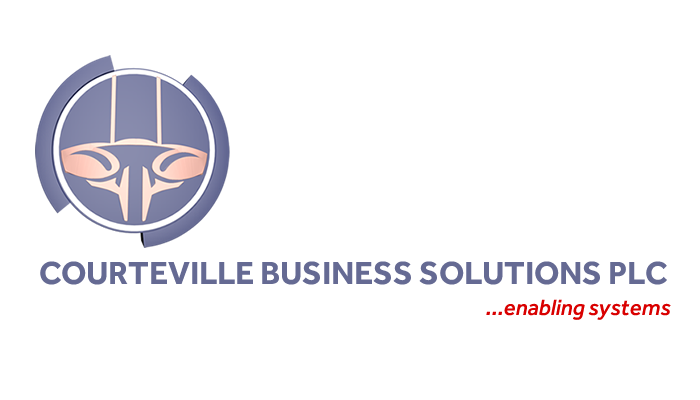Agile is one of the hottest talking topics in project management at the moment. How does it work? What are its key benefits? This article will answer these and introduce you to this project management methodology.
What is Agile?
The core concept behind this project management technique is iterations and incrementations. Rather than treating the project as one entity with a defined start and endpoint, Agile is all about evolution over time and continuing processes. Agile has a number of sub-methodologies like Scrum, Kanban and XP, but each is focused on flexibility and team collaboration, all of which contribute to self-feeding systems that have customer satisfaction at their core and produce high-quality results.
Agile differs from the Waterfall model in its basic structure. It’s iterative, meaning it operates in repeating cycles, rather than sequential, meaning the project only runs in one direction and each stage has a defined start and endpoint. This iterative structure allows processes to grow incrementally over time and immediately act on feedback.
Key Benefits of Agile
Agile is unique in many ways and therefore provides value in ways that other project management styles don’t. Here are a few of the key benefits of running projects in Agile;
1. Regular Improvements
Due to its iterative nature, Agile is consistently building upon itself and improving its functionality. Testing and customer feedback are a part of the process, meaning you get a lot of information about what’s working (and what’s not) on a regular basis. The shorter duration of project stages then allows you to implement this feedback quickly and test out new features, approaches or products.
2. Customer Satisfaction
As alluded to in the previous point, customer feedback is at the centre of any Agile project, so the style lends itself to high customer satisfaction rates. Not only are customers able to contribute ideas to your product or service that could be better, but they’re also able to see the benefit of this feedback in a much shorter space of time, giving them a more positive feeling of validation and engagement with you as a company.
3. Lower Risk
Due to the quick refresh rate of projects in Agile the risk of project failure is massively minimized. In traditional Waterfall projects, the risk of failure is significant. Your team has invested a lot of resources and energy over potentially a long time, and if one stage doesn’t work plan the whole project is in jeopardy. With Agile, you have the flexibility to adapt to changes or even restart the project without losing much. In fact, restarting is the whole point! Agile encourages you to take risks that might boost your project.
4. More Return Faster
Another benefit of shorter, iterative processes is that you can see the fruits of your labours more immediately. On longer-term Waterfall projects, you may be working for months or even years on implementing a feature, product or new design without seeing any return on investment. This can be a hard sell to investors or shareholders when it comes to expensive projects. With Agile, you could see a return much sooner after the investment stage. This means customers receive regular value from your service and shareholders get frequent updates on project performance.
Conclusion
In this article I’ve looked at Agile project management; how it works, how it differs from traditional Waterfall-style project management methodologies, and what its best features are. We’ve learned that the core structure of Agile is what sets it apart: a fast-growing iterative process that prizes customer satisfaction and flexibility, rather than a progressive one-shot process that is easily endangered by change.
This structure is what gives Agile its unique benefits. It’s able to improve upon itself quickly, implementing customer feedback and producing higher-value products on a regular basis. This means less risk if something goes wrong, and sooner rewards if things go well.
Naturally, every project and every team is different, so Agile may not work for everyone, but I recommend any project manager should take a look at what Agile could do for you!
Source: https://www.withinnigeria.com/


